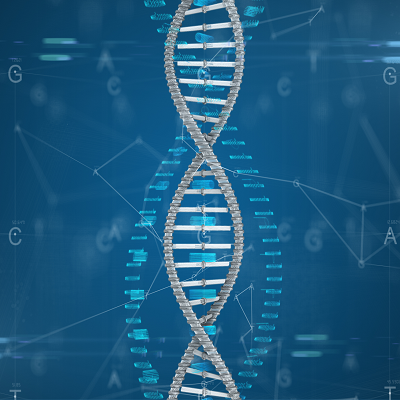 Common genetic cause of late-onset ataxia revealed
Common genetic cause of late-onset ataxia revealed
A Quebec-led international collaboration has discovered a previously unknown common genetic cause of late-onset cerebellar ataxia. The study, published December 14 in the New England Journal of Medicine, may potentially improve diagnosis and open new treatment avenues for thousands of people with this debilitating neurodegenerative condition worldwide. Read More
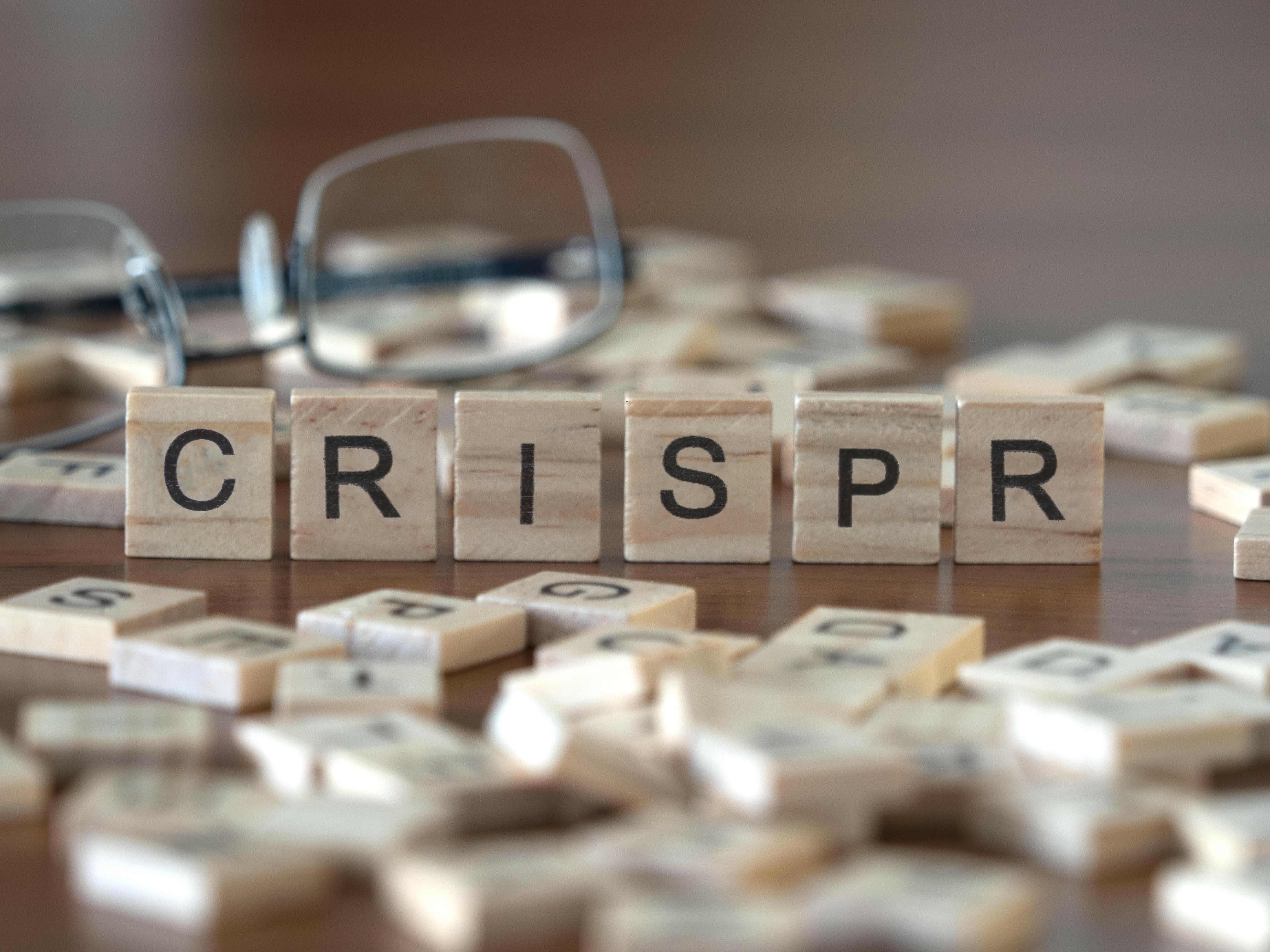 CRISPR system targets toxic RNA to improve Huntington's in mice
CRISPR system targets toxic RNA to improve Huntington's in mice
Genome-editing CRISPR technology has reduced the toxic RNA that drives Huntington's disease in mice, providing preclinical proof of principle for a new way to treat the fatal neurodegenerative disorder, according to a study published on December 12 in Nature Neuroscience. Read More
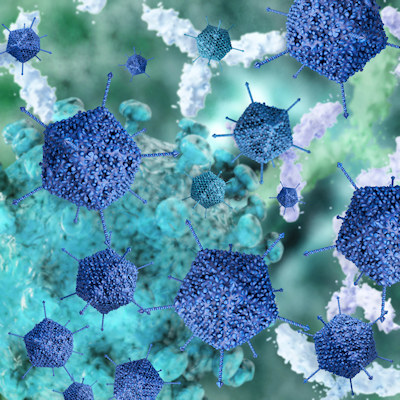 Scientists uncover viral vectors that cross the blood-brain barrier
Scientists uncover viral vectors that cross the blood-brain barrier
Using a "directed-evolution" strategy in mice and macaques, scientists at the Broad Institute of Massachusetts Institute of Technology and Harvard have identified adeno-associated viruses that cross the blood-brain barrier, advancing efforts to develop neurological disease gene therapies. Read More
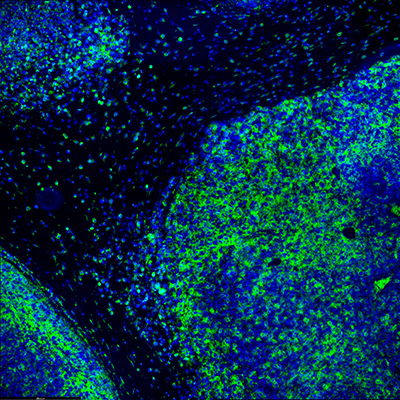 Multiplexed 'CAR Pooling' accelerates evaluation of anticancer cell therapy receptors
Multiplexed 'CAR Pooling' accelerates evaluation of anticancer cell therapy receptors
Researchers have developed a new method for comparing massive numbers of CAR T cells, each with slightly different molecular features, to determine which is most effective and long-lasting against cancer. Read More
 Cell & Gene Meeting on the Mesa 2022 Recap
Cell & Gene Meeting on the Mesa 2022 Recap
The Science and Medicine Group team was onsite at this year's Cell & Gene Meeting on the Mesa getting the who, what, and when on the product announcements, science sessions, and deals taking place this year. Find out what we learned in our recap. Read More
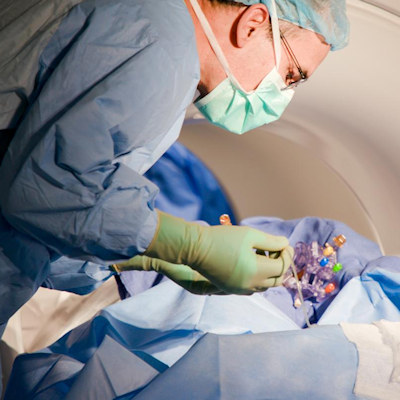 Gene therapy targets overactive brain cells in mice, potential neurological treatment
Gene therapy targets overactive brain cells in mice, potential neurological treatment
University College London researchers have developed a gene therapy for neurological and psychiatric diseases that reduces the excitability of overactive brain cells. Tested in mice, the scientists contend the treatment could potentially be used in human brain diseases caused by excessive activity of a small number of brain cells. Read More
 Academic CDMOs, like commercial ones, play critical role in CGT sector
Academic CDMOs, like commercial ones, play critical role in CGT sector
The cell and gene therapy (CGT) industry is growing and academic contract development and manufacturing organizations (CDMOs) -- like their larger commercial counterparts -- are playing a critical role in the ecosystem, according to Stuart Curbishley, PhD, head of business and process development at the University of Birmingham’s Advanced Therapies Facility. Read More
 Induced pluripotent stem cell technology offers potential treatment for hair loss
Induced pluripotent stem cell technology offers potential treatment for hair loss
Science Advisory Board spoke with Stemson Therapeutics co-founder and CEO Geoff Hamilton earlier this month at the 2022 Cell & Gene Meeting on the Mesa about the preclinical stage cell therapy company's focus on curing hair loss by leveraging the regenerative power of induced pluripotent stem cells. Read More
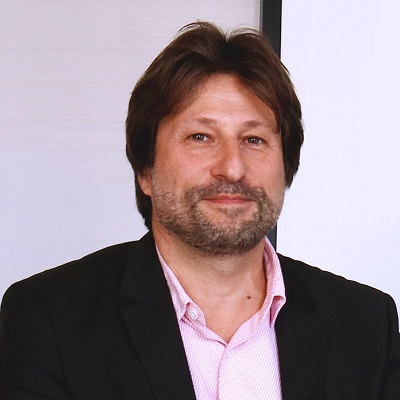 Cell therapy startup NKILT Therapeutics takes novel approach to targeting leukemia
Cell therapy startup NKILT Therapeutics takes novel approach to targeting leukemia
Biotech startup NKILT Therapeutics is developing a novel approach of engineering natural killer cells to directly target leukemias and solid tumors. Science Advisory Board spoke with Raphaël Ognar, co-founder and CEO of the company earlier this month at the 2022 Cell & Gene Meeting on the Mesa in Carlsbad, CA. Read More
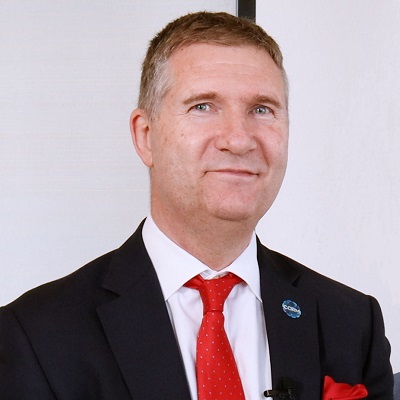 Antion Biosciences takes allogeneic approach to therapies with microRNA technology
Antion Biosciences takes allogeneic approach to therapies with microRNA technology
Science Advisory Board spoke with Dr. Sven Kili, CEO of Antion Biosciences, at last week’s 2022 Cell & Gene Meeting on the Mesa, where he laid out his vision for where the company is heading and what the industry needs to do to cure diseases with significant unmet medical needs. Read More
Conferences
Science Briefs
Member Rewards
Earn points for contributing to market research. Redeem your points for merchandise, travel, or even to help your favorite charity.
Research Topics
Interact with an engaged, global community of your peers who come together to discuss their work and opportunities.
Connect
Tweets by @ScienceBoard






